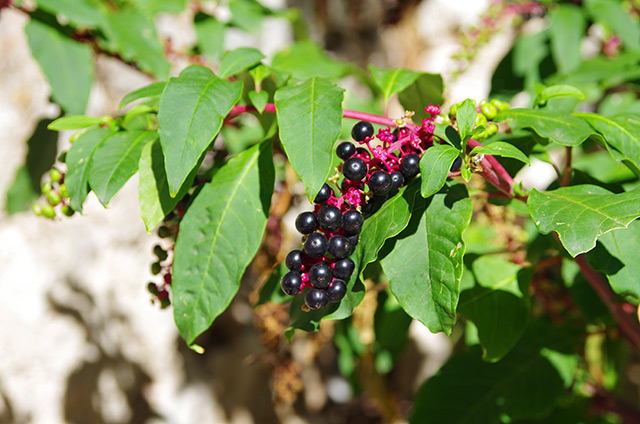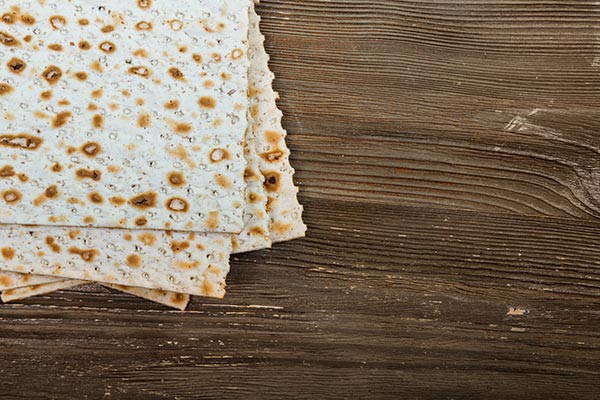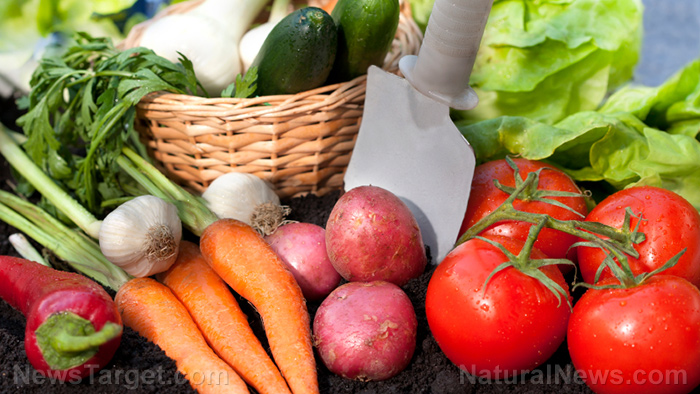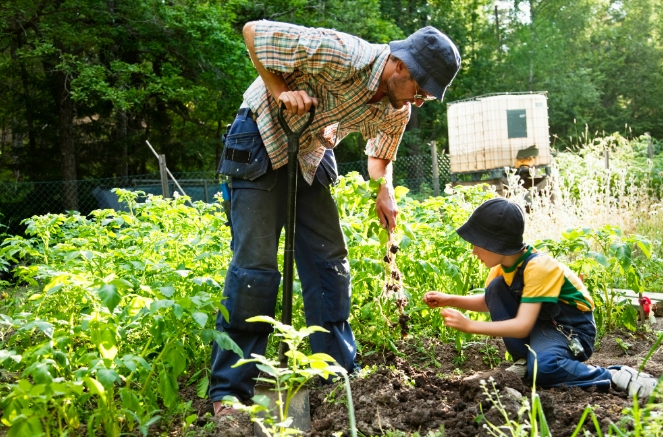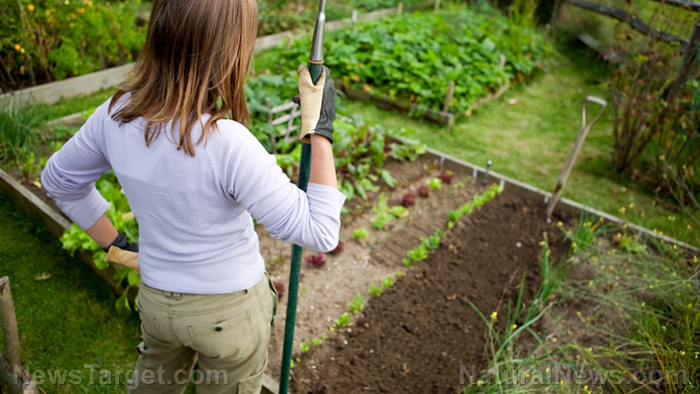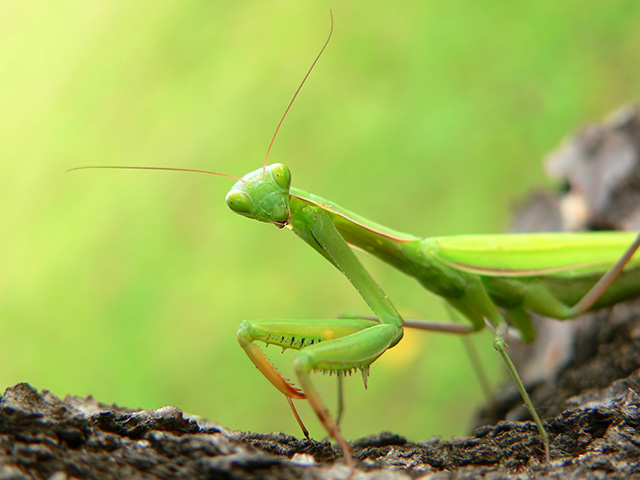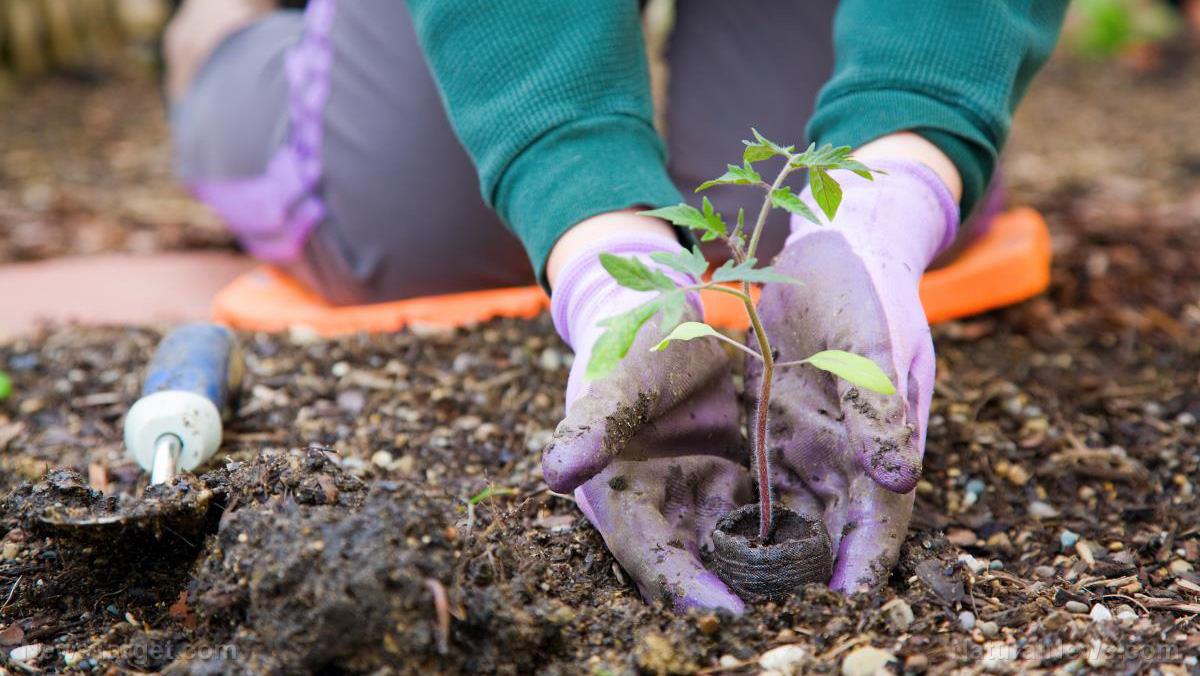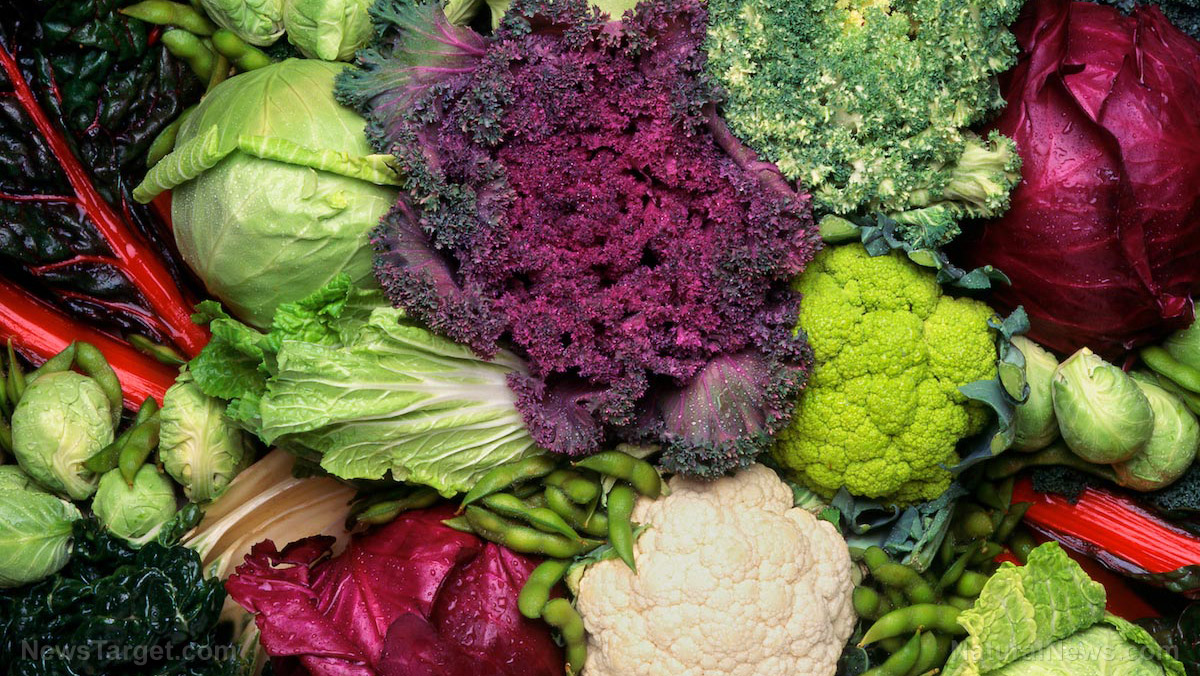Food preservation 101: The basics of water bath canning (with vinegar)
10/27/2019 / By Edsel Cook

Water bath canning is a simple and effective method of food preservation. Here are some tips on using this canning technique with vinegar as the preservative.
Veteran practitioners recommend water bath canning to beginners. It is easier to pick up and master than pressure canning.
However, this method relies on acidic substances to preserve food and keep botulism-causing bacteria away. Thus, foods stored this way must either be naturally acidic or receive plenty of vinegar.
Water bath canning is excellent for fruits and pickles. These acidic foods will kill bacteria on their own or with the help of heat. Thanks to their properties, they will require minimal or even no additional vinegar.
If you plan to preserve cucumbers and other vegetables with low levels of acids, add lots of vinegar. The solution increases the acidity of the water bath to sufficient levels that prevent the growth of botulinum bacteria.
In case you are short on vinegar, do not use water bath canning for low-acidity foods. Instead, use pressure canning.
Furthermore, never preserve meats through the water bath canning method. If you need to store them in cans, use pressure canning. (Related: The easiest foods to can.)
Water bath canning uses acidity levels to preserve food and prevent botulism
“pH” is a scale that measures the acidity of a substance. The lower the pH value of food, the more acidic it is.
Most fruits, fruit-based butters, jams, jellies, marmalades, and sauerkraut are acidic foods with pH levels of 4.6 or lower. Conversely, most vegetables have high pH and are considered alkaline or not very acidic.
Acids are corrosive by nature. Thus, foods with low pH levels (high acidity) are far less likely to support the growth of dangerous foodborne microorganisms like the ones that cause botulism.
The bacteria Clostridium botulinum will appear in incorrectly canned and pickled food with a pH higher than 4.6. Eating tainted food will result in botulism, a deadly type of food poisoning.
Low-acidity foods are highly vulnerable to botulism-causing bacteria. For example, cucumbers have a pH that ranges from 5.1 to 5.78.
Increasing the pH level will help prevent the appearance of botulism bacteria and other pathogenic microbes. Citric acid, lemon juice, and vinegar are excellent food additives for making foods more acidic.
To make sure the pickled and canned food is sufficiently acidic, measure its acidity with a pH test strip. These strips are small, not very expensive, and will help prevent botulism.
Other tips regarding water bath canning with vinegar and other acidic solutions
For preppers who want to preserve meats, poultry, and seafood, a pressure canner is the only option. Animal-based food products have a different chemistry than plant-based ones, so vinegar-based water bath canning will not assure the safety of canned meats.
There are many pressure canners available at appliance stores and online. Many of these units do not cost an arm and a leg.
The U.S. Department of Agriculture recommends using the pressure canning option for vegetables as well as for meats. Some canning practitioners, however, claim that reducing the pH levels of cucumbers and other veggies will keep them free of botulism-causing bacteria.
Vinegar is by far the best ingredient for increasing the acidity of foods and pickling them for preservation via water bath canning. Many preppers store large amounts of vinegar for use in roles other than preserving food. Citric acid and lemon juice are possible substitutes for vinegar.
Finally, do not eat anything stored in a jar with an unsealed or swollen lid. Likewise, do not consume any food – canned or otherwise – that displays any signs of spoilage.
Read FoodStorage.news for more reporting on food storage techniques and strategies that work.
Sources include:
Tagged Under: botulinum bacteria, botulism, canning, clean foods, food canning, food independence, food poisoning, Food Preservation, food preservation methods, food safety, Food storage, food supply, home canning, homesteader, homesteading, off grid, preparedness, prepper, prepping, pressure canning, self sufficiency, storable food, survival food, sustainable living, Vinegar, water bath canning
RECENT NEWS & ARTICLES
COPYRIGHT © 2017 FOOD FREEDOM NEWS




